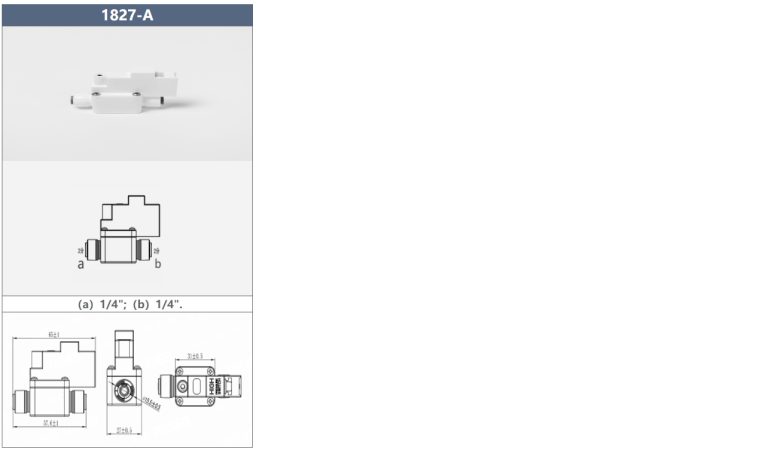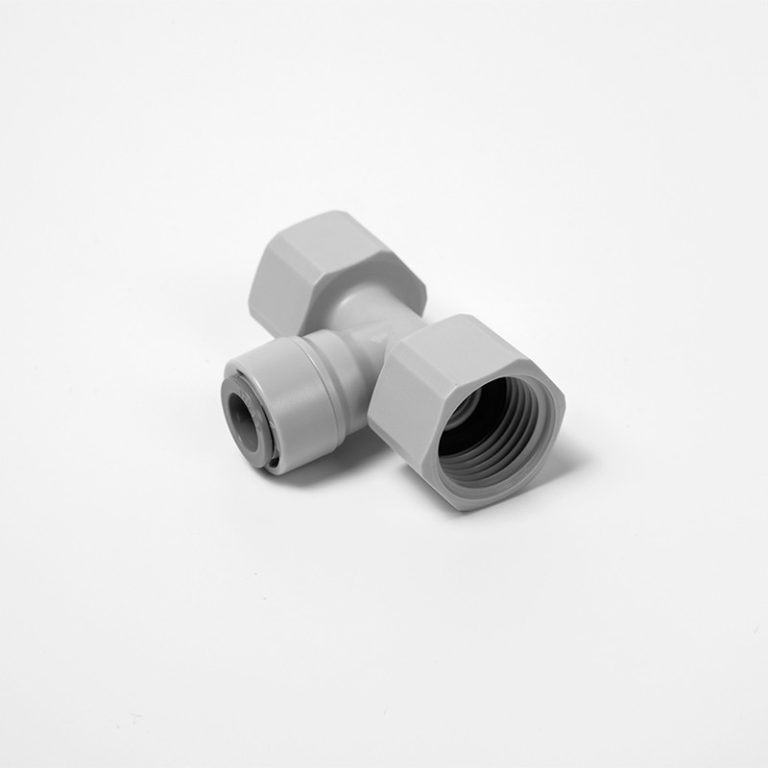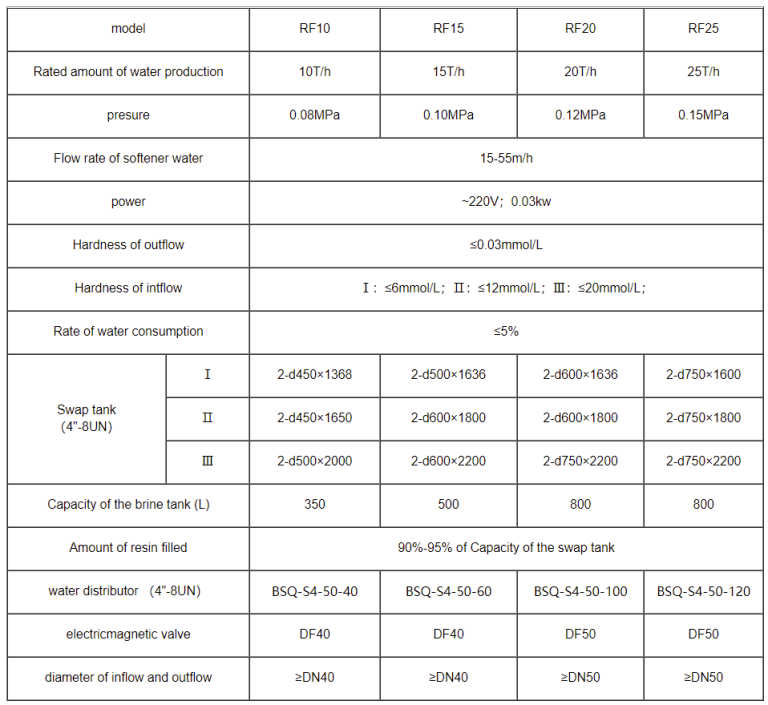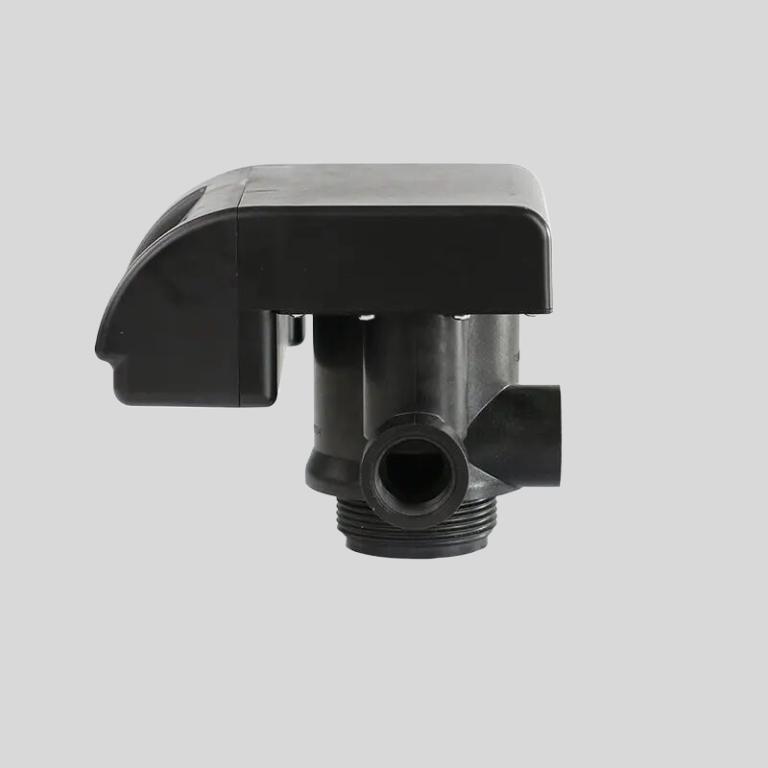導電率検出の原理を理解する
導電率検出の原理を理解する
導電率検出器を使用する際に考慮すべき重要な要素の 1 つは温度です。溶液の導電率は温度にも影響され、一般に温度が高いほど導電率は高くなります。これを考慮して、導電率検出器には温度補償を可能にする温度センサーが組み込まれていることがよくあります。これにより、温度変化に関係なく正確な測定が得られることが保証されます。イオン濃度の測定に加えて、導電率検出を使用して物質の純度を決定することもできます。溶液中の不純物はその導電率に影響を与える可能性があり、不純物のレベルが高くなると導電率が低くなります。サンプルの導電率を既知の純物質の導電率と比較することにより、科学者はサンプルの純度を評価できます。導電率検出は、さまざまな業界で数多くの用途に使用されています。化学の分野では、溶液中のイオンを分離して分析するために使用される技術であるイオンクロマトグラフィーで導電率検出器がよく使用されます。さまざまなイオンの導電率を測定することで、科学者はサンプルの成分を特定し、定量化できます。生物学の分野では、電気泳動などの技術で導電率検出が使用されます。電気泳動は、分子の電荷とサイズに基づいて分子を分離する方法です。ゲルマトリックスに電場を印加すると、分子は異なる速度で逆に帯電した電極に向かって移動し、分離が可能になります。導電率検出器は、分子の動きを監視し、その位置を決定するために使用されます。環境科学では、導電率検出は水質を評価するために使用されます。水の導電率は、塩やミネラルなどの溶解物質の存在に関する情報を提供します。水サンプルの導電率を測定することで、科学者は水質の変化を監視し、潜在的な汚染源を特定できます。結論として、導電率検出は科学者が物質の電流を流す能力を測定できる強力な技術です。導電率検出の背後にある原理を理解することで、さまざまな分野での応用を理解できます。化学から生物学、環境科学に至るまで、導電率検出はさまざまな物質の特性を分析し理解する上で重要な役割を果たします。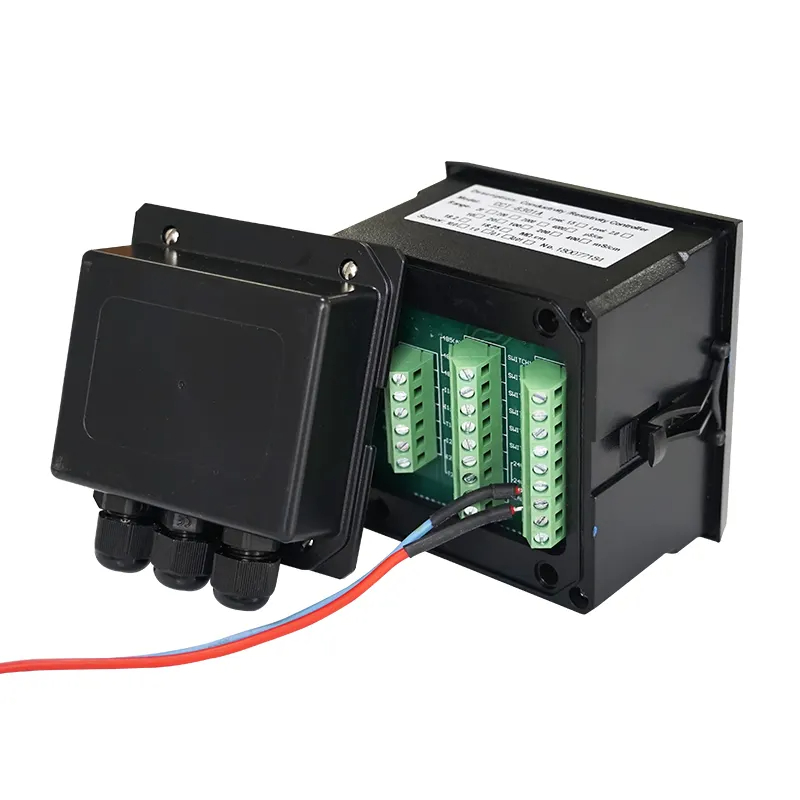 One important factor to consider when using a conductivity detector is temperature. The conductivity of a solution is also affected by temperature, with higher temperatures generally resulting in higher conductivities. To account for this, conductivity detectors often include temperature sensors that allow for temperature compensation. This ensures that accurate measurements are obtained regardless of temperature variations.In addition to measuring ion concentration, conductivity detection can also be used to determine the purity of a substance. Impurities in a solution can affect its conductivity, with higher levels of impurities resulting in lower conductivities. By comparing the conductivity of a sample to that of a known pure substance, scientists can assess the purity of the sample.Conductivity detection has numerous applications in various industries. In the field of chemistry, conductivity detectors are commonly used in ion chromatography, a technique used to separate and analyze ions in a solution. By measuring the conductivity of different ions, scientists can identify and quantify the components of a sample.In the field of biology, conductivity detection is used in techniques such as electrophoresis. Electrophoresis is a method that separates molecules based on their charge and size. By applying an electric field to a gel matrix, molecules move towards the oppositely charged electrode at different rates, allowing for their separation. The conductivity detector is used to monitor the movement of the molecules and determine their positions.In environmental science, conductivity detection is used to assess water quality. The conductivity of water can provide information about the presence of dissolved substances, such as salts and minerals. By measuring the conductivity of water samples, scientists can monitor changes in water quality and identify potential sources of pollution.In conclusion, conductivity detection is a powerful technique that allows scientists to measure the ability of a substance to conduct an electric current. By understanding the principles behind conductivity detection, we can appreciate its applications in various fields. From chemistry to biology to environmental science, conductivity detection plays a crucial role in analyzing and understanding the properties of different substances.
One important factor to consider when using a conductivity detector is temperature. The conductivity of a solution is also affected by temperature, with higher temperatures generally resulting in higher conductivities. To account for this, conductivity detectors often include temperature sensors that allow for temperature compensation. This ensures that accurate measurements are obtained regardless of temperature variations.In addition to measuring ion concentration, conductivity detection can also be used to determine the purity of a substance. Impurities in a solution can affect its conductivity, with higher levels of impurities resulting in lower conductivities. By comparing the conductivity of a sample to that of a known pure substance, scientists can assess the purity of the sample.Conductivity detection has numerous applications in various industries. In the field of chemistry, conductivity detectors are commonly used in ion chromatography, a technique used to separate and analyze ions in a solution. By measuring the conductivity of different ions, scientists can identify and quantify the components of a sample.In the field of biology, conductivity detection is used in techniques such as electrophoresis. Electrophoresis is a method that separates molecules based on their charge and size. By applying an electric field to a gel matrix, molecules move towards the oppositely charged electrode at different rates, allowing for their separation. The conductivity detector is used to monitor the movement of the molecules and determine their positions.In environmental science, conductivity detection is used to assess water quality. The conductivity of water can provide information about the presence of dissolved substances, such as salts and minerals. By measuring the conductivity of water samples, scientists can monitor changes in water quality and identify potential sources of pollution.In conclusion, conductivity detection is a powerful technique that allows scientists to measure the ability of a substance to conduct an electric current. By understanding the principles behind conductivity detection, we can appreciate its applications in various fields. From chemistry to biology to environmental science, conductivity detection plays a crucial role in analyzing and understanding the properties of different substances.

